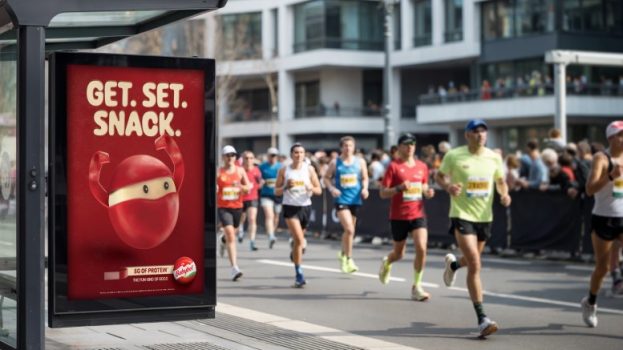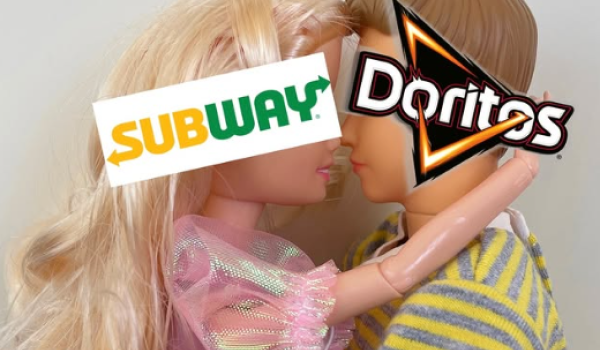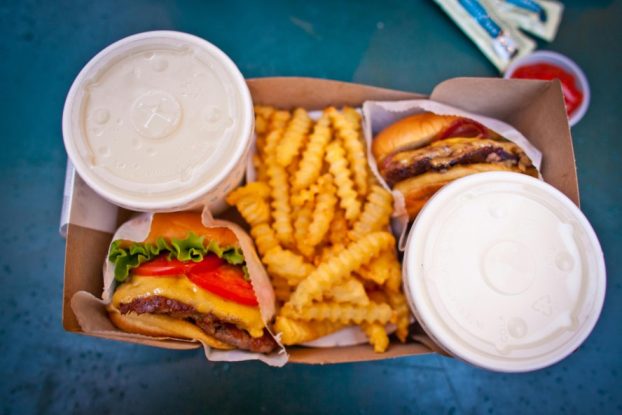
Shoppers could be forgiven for not knowing Sungiven, but the Chinese grocery banner could soon be in their sights, at least in Western Canada.
Sungiven Foods, which operates approximately 100 grocery stores in China, recently jumped into the highly competitive Canadian grocery market, opening a 13,000 square foot flagship in Vancouver in November. And senior VP Terance Fong says it has designs on expanding into the lower mainland.
Sungiven advocates a natural food approach, with fewer additives and less processed foods. He is banking on the large and growing Asian community to support the new entry as the retailer aims to open 15 stores, centred on the Metro Vancouver market, over the next three to five years.
According to Vivintel’s Chinese Consumer Study, there are 504,000 Vancouver-area residents of Chinese descent, representing 23% of the population – approximately 79% of whom are permanent residents or citizens. By 2031, census data shows that one in three Canadians are expected to be people of colour (three in five in Vancouver), with Chinese consumers forecast to be the largest segment. And based on Vivintel data, those of Chinese descent are twice as likely to agree with the statement “I enjoy shopping” than the adult Canadian population.
But will they enjoy shopping this new grocery format?

IGD Retail Analysis, which provides insight, training and best-practice for the food and grocery industry, visited the recently opened Vancouver location. Stewart Samuel, grocery analyst and program director for IGD Canada, likens the upstart grocery banner to Trader Joe’s in terms of its footprint, fixtures and design elements.
Trader Joe’s is one of the most successful formats in U.S. food retail, Samuel says. “Replicating elements of these stores enables Sungiven Foods to bring something different to the Canadian market.”
He tells strategy one of the core differences at Sungiven Foods is its lower proportion of fresh foods and the absence of service counters. Given the urban location of these stores, and the lack of foodservice counters, Samuel says meal kit-type solutions could be a key part of the Sungiven Foods’ offer as it aims to deliver on convenience.
The smaller format is unique, he says, and fits in somewhere between soft discount formats such as No Frills and FreshCo and conventional supermarkets such as Safeway and Save-On-Foods.
Many new site developments are being centred on downtown locations, driven by ongoing urbanization in cities such as Vancouver and Toronto, which Sungiven’s footprint could fit with. “Both existing and new build sites are typically smaller but are also preferred by retailers that are focusing their formats on smaller stock-up trips rather than the larger weekly shop,” he says.
While ethnic consumers in Canada shop across a range of formats, Samuel says by developing specific formats, banners can meet a broader range of consumers’ needs. All the leading retailers have made acquisitions in the ethnic segment or developed specific store formats to appeal to these consumers. Last summer, Sobeys tapped into BC’s growing South Asian community with its Chalo! brand and is catering to a segment that over-indexes on products such as coconut water, rice, hot tea and cooking oil.
Sungiven Foods will be similarly aiming to draw on its expertise and capabilities to win with Chinese shoppers in Canada. The segment is highly competitive, however, led by Loblaw’s T&T format (which will celebrate its 27th anniversary this month, and which has expanded to 27 stores in B.C., Alberta and Ontario) and containing multiple independent operators, especially in urban centres.
And multicultural consumers are very likely to combine ethnic grocery stops with a mainstream location stop.
Samuel says the efficient layout, wider health and wellness ranges and a value proposition underpinned by a solid private label programme will enable it to carve out its own identity within the market.























